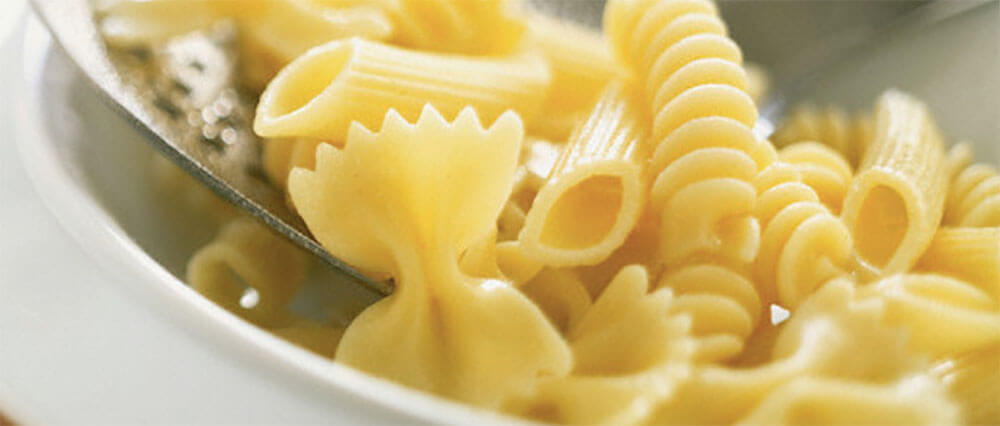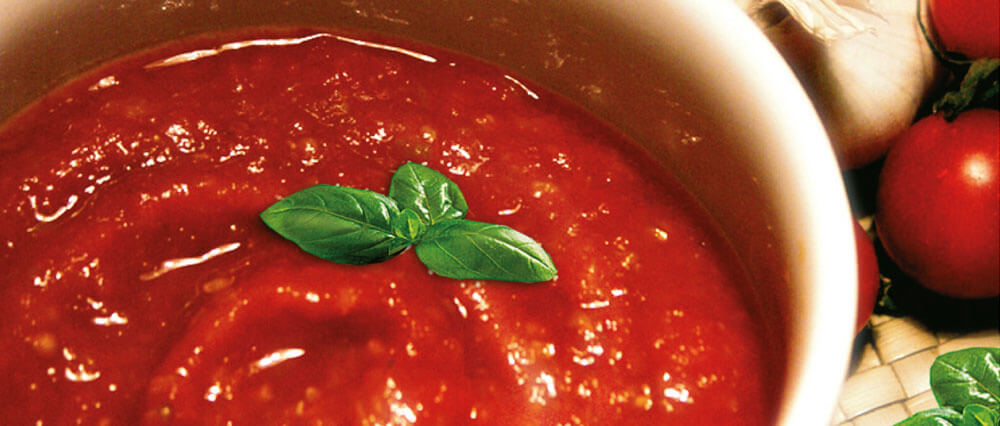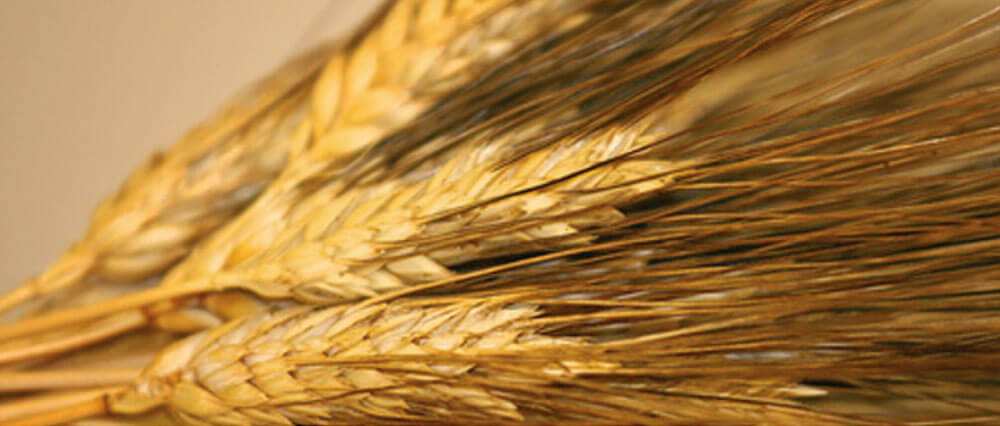
THE QUALITY OF GRANORO PASTA
The quality of Granoro pasta is the result of the passion, care and attention paid during all the stages of processing, which harmonise the ancient pasta tradition with modern production technologies.
ONLY SELECTED SEMOLINA
Selected semolina is used for the production of Granoro pasta. The quality and quantity of semolina proteins and gluten in particular imply the ability to form, during kneading, a sufficiently resistant network capable of retaining the starch which would otherwise tend to gelatinize and be dispersed into the aqueous environment. Thus, Granoro pasta is not sticky on the surface, but consistent and elastic and does not become a sticky mass on the plate after cooking.
THE PRODUCTION PROCESS
The entire process of the production of Granoro pasta is carefully controlled and is the result of the years of experience of the founder, Attilio Mastromauro. It is a quality pasta, with an intense aroma and colour, typical of sun-golden durum wheat, with the right thickness and a balanced cooking time.
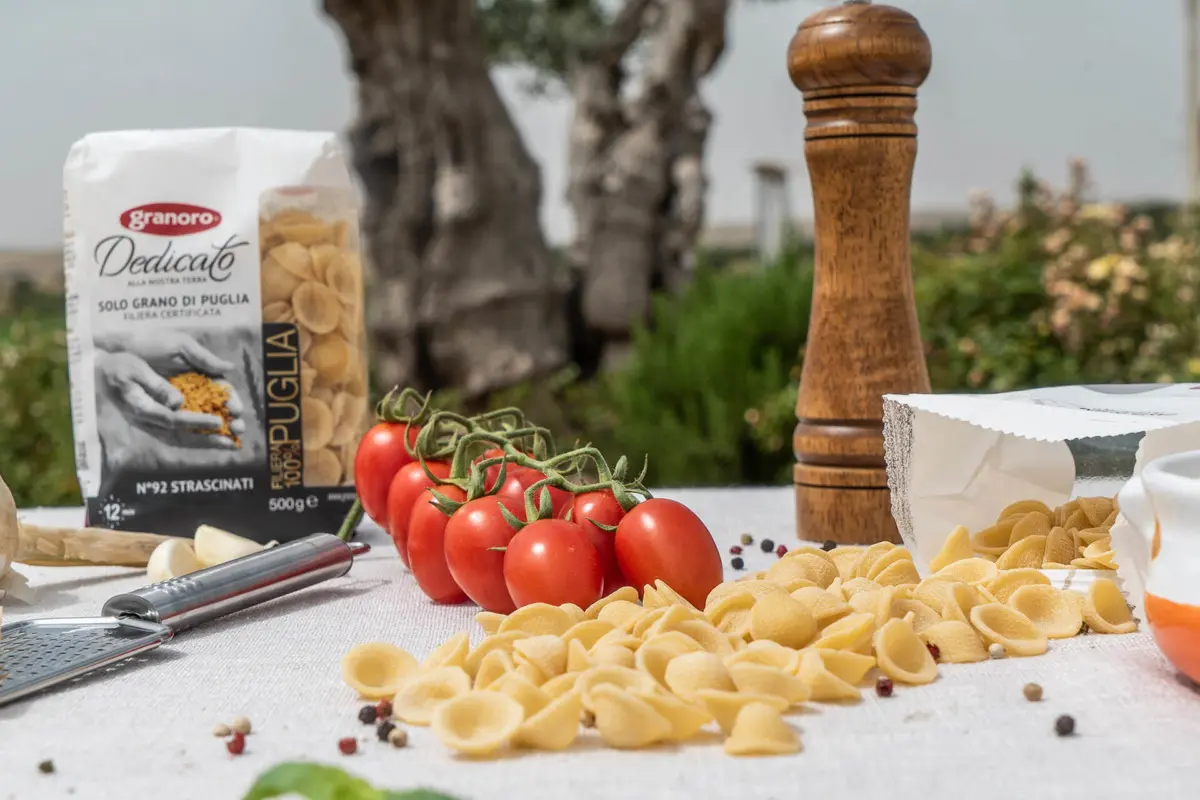
PASTA THE GRANORO WAY
Tenacious, elastic and firm, even many hours after cooking. The “right thickness” for short and homogeneous cooking. The golden-yellow colour typical of durum wheat ripened to a golden colour by the sun, porous, for an excellent yield and maximum digestibility, no starch in the cooking water, which remains clear and without residues, a high protein content and the unmistakable aroma of the best durum wheat — this is Pasta the Granoro way. A result that is due to the art of pasta-making and the technique refined by Attilio Mastromauro over the course of his more than 100-year lifetime, entirely dedicated to the “queen” of the Italian table.
GRANORO DOES NOT USE HIGH TEMPERATURES IN THE DRYING PROCESS
The use of high and very high temperatures in the drying process gives pasta only an apparent quality, causing a nutritional decay of the product and in particular a reduction of about 40% in the availability of an essential amino acid, as is lysine. Granoro’s choice is to use balanced drying temperatures (medium to medium-high) in order to safeguard the nutritional and qualitative aspects such as cooking resistance, colour and flavour.


THE IMPORTANCE OF STARCH, PROTEINS AND GLUTEN
Starch is a slow-absorbing complex sugar, useful to our brain. Proteins are macromolecules made up of chains of amino acids, necessary for the functioning of the organs and muscles of our body and for supplying us with energy.
Gluten is the most important of the proteins present in durum wheat, because its mesh-like molecular structure has the function of harnessing all the nutrients of pasta including starch, preventing them from being dispersed into the cooking water.
Granoro pasta is produced with durum wheat semolina which has high-quality gluten.
GRANORO PASTA COOKS UNIFORMLY AND HAS A HIGH YIELD
In the process of the production of Granoro pasta, the choice of drawing is decisive for giving the various formats the correct degree of porosity and adequate thickness.
All the formats are designed in order to cook uniformly and guarantee a correct yield.
From 100g of Granoro pasta before cooking, depending on the format, there is a yield of between 200g and 250g of cooked product. This is thanks to its porosity and its ability to absorb water during cooking, while maintaining good consistency and yield.
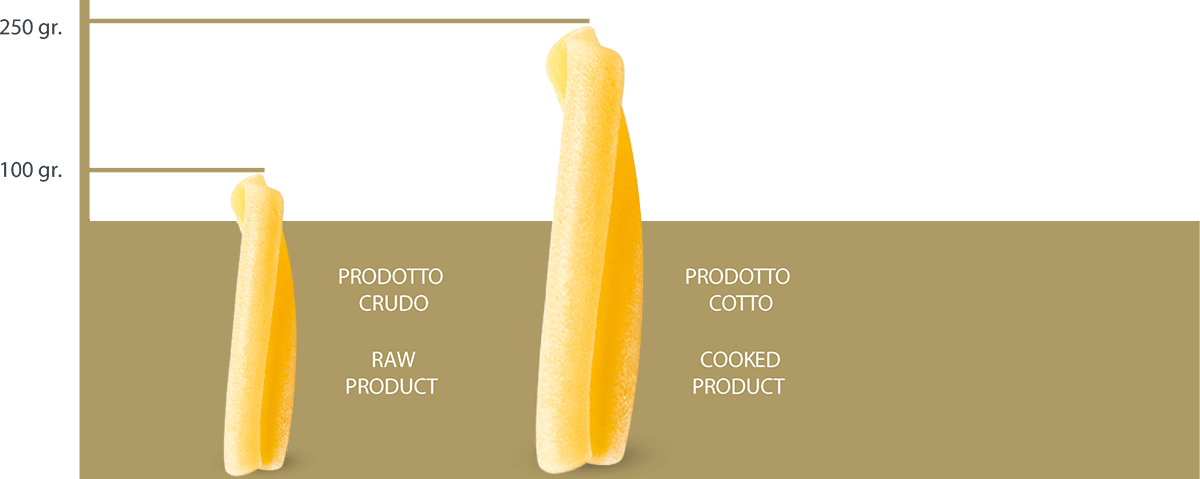
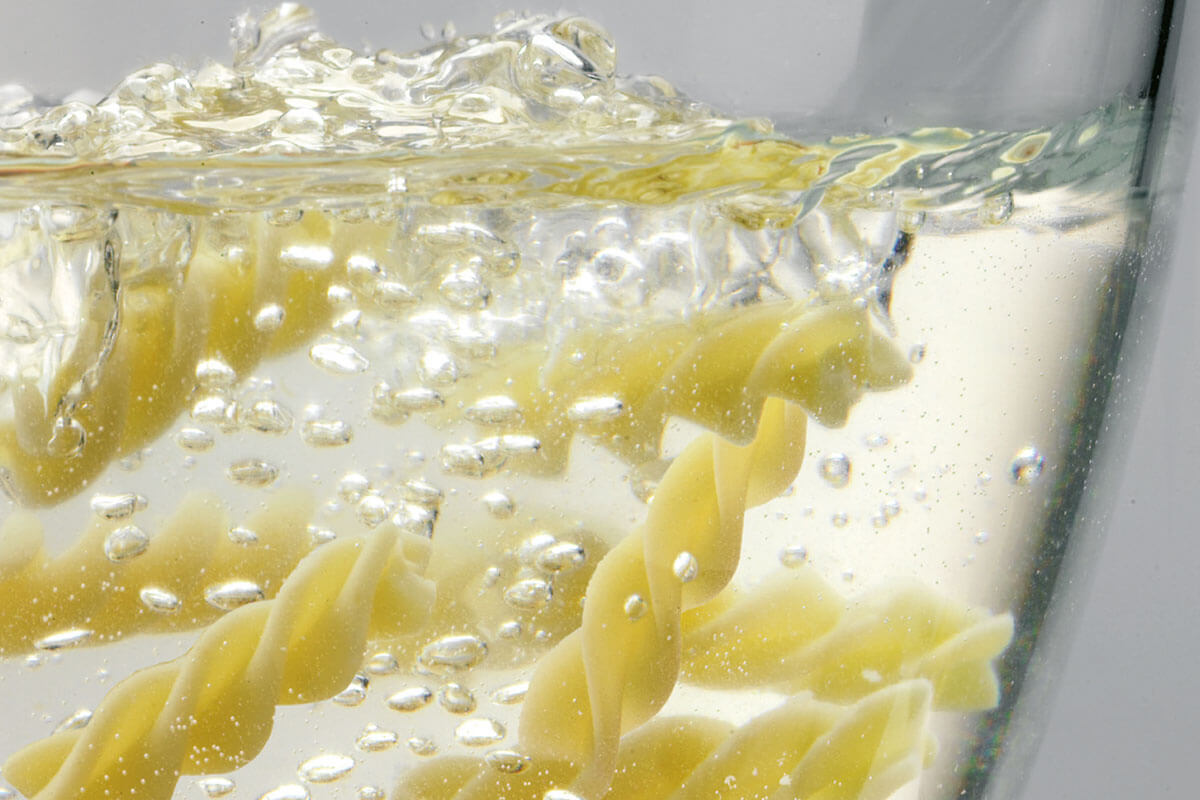
GRANORO PASTA LEAVES THE COOKING WATER CLEAR
The higher the quality and quantity of gluten in the semolina used, the more this protein network will be able to retain the starch granules which during cooking absorb water and swell, prohibiting them from being dispersed into the water during cooking. The water will thus be clear and without residues, the pasta will have retained the nutrients and will not have any stickiness on the surface. All this also has the advantage of better digestibility and a greater yield.


